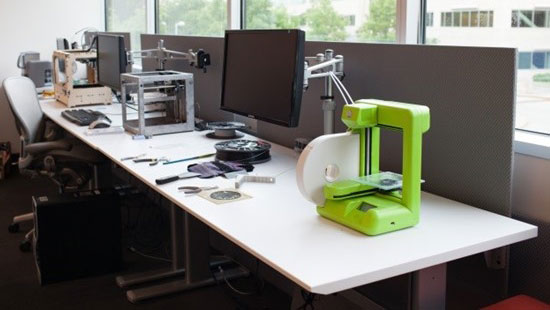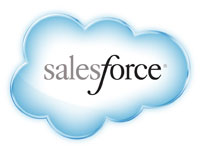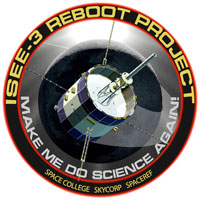
Microsoft announced Wednesday that the latest updates to its Windows operating system will include built-in support for 3D printers, making it as easy for consumers to create a 3D object as it is to print text.
Additive manufacturing isn’t a new technology, but it is just starting to work its way into a more mainstream market — and Microsoft wants to be there when it does. When Windows 8.1 becomes available later this year, it will include plug-and-play support for the printers, application support and the ability to translate 3D file formats.
Microsoft has partnered with 3D Systems and Stratasys to ensure that most of the 3D printers available to consumers will be fully compatible with Windows 8.1. Microsoft is also reaching out to developers and 3D manufacturers interested in designing applications.
The prices of 3D printers and materials are steadily dropping. Staples offers 3D Systems’ Cube 3D printer for US$1,299, and other vendors offer devices for as little as $800.

With more affordable hardware becoming available, Microsoft is positioning itself on the software end to help users set up their own table-top factories. It envisions users doing things like creating a broken hinge rather than going out to buy a replacement, or manufacturing custom jewelry.
Ahead of the Pack
While Microsoft seems hopeful that 3D printing will become a normal part of the average household or small business, that market isn’t a lock yet, said Jesse Daily, partner at Core Consulting. There have been huge strides recently in making the technology more accessible and affordable, but there are still hurdles to clear.
“One of the main problems today is the strength of the materials,” Daily told TechNewsWorld. “There’s not a lot of material out there that can replicate the strength you’ll find in industrial manufacturing. It’s geting much better, but it’s not quite there yet. The other problem is the cost. It has come down a lot and is a lot more commonplace now, but it is still not practical for the everyday person, although that could change in five to 10 years.”
This market might take a few years to really get going, said Jesse DePinto, president, CEO and cofounder of Voxel Metric, but that gives Microsoft a chance to capture a consumer crowd that its competitors haven’t yet — something Microsoft hasn’t succeeded in doing in the past.
“Microsoft is trying to be the catalyst here,” DePinto told TechNewsWorld. “There’s no proven money in the consumer market right now, but there is definitely high growth and high opportunity. Microsoft sees that, and I commend them for doing that. Typically they wait until the innovation hits them in the face, but here they’re really stepping up and trying to get ahead of the crowd.”
Becoming the Software Leader
If it can get ahead of that crowd, it will be by doing what it does best — creating a software ecosystem that becomes an industry standard, said DePinto.
“This would allow Microsoft to become the market leader in a software that has the potential to become huge,” he pointed out. “This is also a branding move to get on the cutting edge of technology, which is the kind of innovation their shareholders want to see. Developers are flocking to this technology, and Microsoft knows it’s nothing without their developers. This is making sure that any startup who develops software makes it Microsoft-compatible first and foremost.”
It remains to be seen how well that plan will work, said Tim Simpson, professor of mechanical engineering at Penn State University. If it can keep its partnerships with hardware vendors healthy and draw the software innovators to its platform, it has the opportunity to go where most of its consumers tech rivals aren’t.
“Marrying the software with the hardware like this will accelerate adoption all the more and democratize 3D printing,” Simpson told TechNewsWorld. “Hobbyists, DIYers, entrepreneurs, and companies of all sizes will benefit, given the ubiquitousness of Windows systems. You’re putting the software at everyone’s fingertips, and that’s how technologies go mainstream.”





















































